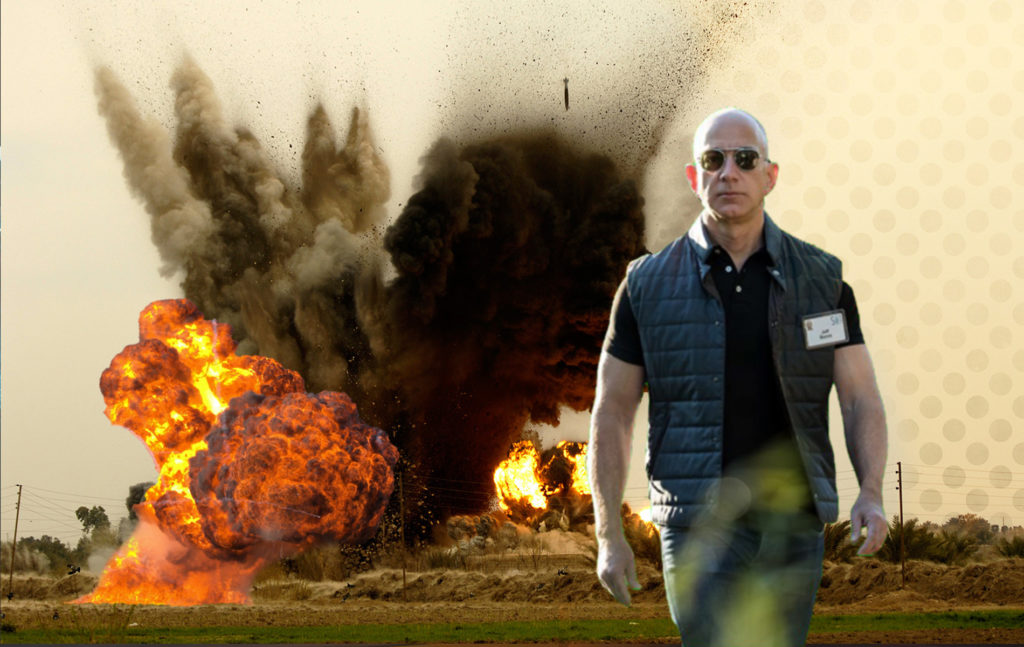
In the past few months, Amazon has implemented a number of resolutions to improve its bottom line and show investors that growth and higher profits is their main priority. Among the most recent moves, Amazon announced the closure of its 87 pop-up stores and more recently, introduced “Amazon Day,” a service that reduces Amazon’s shipping costs by allowing customers to consolidate all of their orders throughout the week on one specific day.
But perhaps the more controversial move, especially for Amazon vendors and brand owners who sell their products to Amazon wholesale, is the fact that the company has been giving them a very clear ultimatum. If Amazon can’t sell those vendors’ products to consumers with a certain profit margin, Amazon will not allow those same vendors to promote their products on their channels. In other words, if you sell for example a house-cleaning product for $4 and it costs Amazon about the same amount to store, pack and ship your product to a customer, you won’t be able to advertise or promote your house-cleaning product on Amazon.
But Amazon is not just stopping vendors from advertising unprofitable products. According to Bloomberg, the company has also abruptly stopped ordering products from smaller brands, a move that clearly is meant to steer vendors and brand owners to the third-party marketplace, where Amazon does make money from storage and shipping fees. For that reason, Amazon sellers (also known as third-party merchants) who account for more than half of products sold on Amazon, aren’t affected by this new policy.
On our weekly tech and business podcast, The Edge by MGR, host David Gil stated, “Amazon has long been a loss-leader on a wide variety of products in order to gain customers and market share. Now they are using their leverage that they’ve built up over the years to cash in and become more profitable. Amazon knows vendors need Amazon more than Amazon needs them and it’s just pushing them to the seller marketplace where Amazon profits are really made.”
We’ve seen some of the emails sent to vendors -some of them also MGR clients- with respect to their non-profitable products:
“One or more of your products no longer qualifies for advertising because the sale of this product on Amazon.com currently results in a loss to Amazon.” In addition, Amazon also ‘suggests’ to the vendor that in order to be eligible to advertise that product again, they must lower the wholesale cost to Amazon so that Amazon can make a profit with it.
If you’re a brand that is used to selling your products to traditional brick and mortar retailers, this may come as no surprise to you. That type of message or similar one has been in use by retailers for a long time.
Brands non profitable products are such an issue for Amazon that they’ve even given them an internal name or acronym: CRaP. Aside from the originality, the acronym stands for “Can’t Realize a Profit.”
On the other hand, Amazon has worked very hard to become the third advertising force and compete head to head with Facebook and Google. Pushing out vendors that contribute to their overall advertising revenue growth may also be a risky move, especially, if those same vendors decide to give their advertising dollars to Facebook and Google instead.
I will discuss Amazon’s advertising growth in a separate article since that’s also a subject with a lot of information, data and details as it compares to other platforms.
Thank you for reading. Until next time, this is Manuel Gil del Real (MGR).




